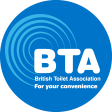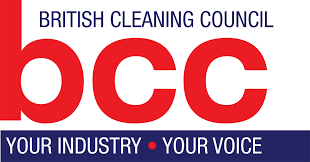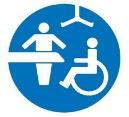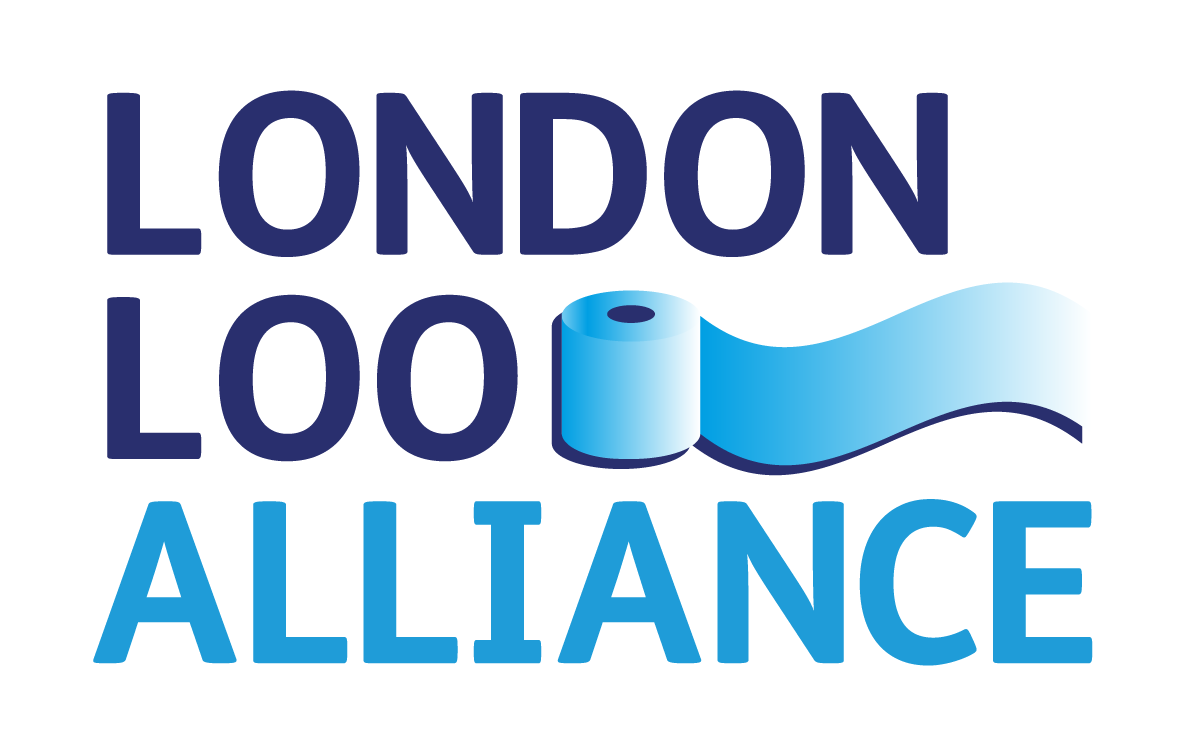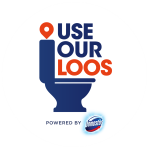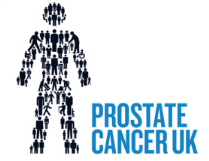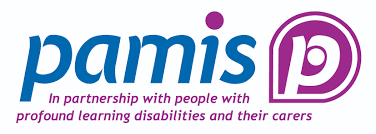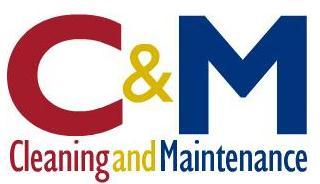Social distancing and making your workplace COVID-secure

Social distancing means keeping people apart to help reduce the spread of coronavirus.
Where possible you should keep people 2m apart. If this is not viable, keeping 1m apart with risk mitigation is acceptable.
In the UK some rules such as social distancing may be different in each of the devolved nations. However, HSE regulates in all of these countries. You should check the public health guidance for the country you are in:
You must ensure that workers and other people visiting your workplace understand and comply with the measures you put in place.
Social distancing should form part of your business’s risk assessment and is one of the steps needed to make your workplace COVID-secure.
The gov.uk guides on working safely during coronavirus (COVID-19) explain the control measures that different types of business should consider. These cover construction, factories, offices, vehicle use and other types of work. The guides apply to workplaces in England.
The following guidance sets out the main control measures and additional measures where social distancing is not possible:
- Common areas (includes break areas, bathrooms, toilets, meeting rooms and accommodation)
- Workstations
- Arriving and leaving work
- Movement around buildings and worksites
- Where 2m social distancing is not possible
- Using vehicles
- Emergencies, security and other incidents
Common areas (includes break areas, bathrooms, toilets, meeting rooms and accommodation)
Common areas are used by many people. The potential for spread of coronavirus is considered to be higher in these areas if proper controls are not in place.
Identify and review the common areas within your workplace including:
- restrooms
- kitchens
- tea points
- changing facilities
- lifts
- meeting rooms
- smoking areas
- canteens
- toilets
- showers
- reception areas
- accommodation
Also consider pinch points in your premises such as narrow corridors, staircases, doorways and storage areas.
You may need to put in place a combination of control measures to keep people safe.
General control measures
Consider putting the following control measures in place for common areas:
- Limit the number of people at any one time using any areas that may become congested.
- Use floor markings to maintain social distancing.
- Keep surfaces clear so that cleaning can be carried out more effectively.
- Identify objects that may be touched more frequently, such as kettles, cooking equipment, phones, computers or tables and make sure that they are frequently cleaned.
- Try to maximise ventilation.
- Make sure that your workforce is clear on the rules when using common areas.
- The areas should be regularly cleaned in line with your cleaning plan.
- Minimise contact between people, using barriers or screens.
- Provide hand-washing facilities or hand sanitiser near to frequently used areas.
- Display signs reminding people to socially distance, wash hands and not touch their faces.
- Work with landlords and other tenants in multi-tenant sites or buildings to ensure consistency across areas such as receptions and staircases.
Guidance on cleaning, hygiene and hand sanitiser.
Break areas
Employers must make sure all workers, including those visiting your premises for work, have somewhere to rest and eat and should also provide facilities to heat food or water for hot drinks. Find out more about having the right workplace facilities.
Consider these control measures:
- Ensure that workers understand the need to maintain social distancing and good hand hygiene before entering any areas where food is consumed.
- If workers need to leave the site at break times remind them to maintain social distancing while off-site.
- If canteens are used, consider if food, cutlery etc can be delivered to tables. Where canteens need to serve food reconfigure seating and tables to maintain spacing and reduce face-to-face interactions. Mark the floor in case furniture is accidentally moved.
- Stagger or extend break times to limit the numbers of people using the facilities.
- Create additional break areas where required such as in unused rooms. It may be possible to create outside break areas where it is safe to do so.
Bathrooms, toilets and washbasins (welfare facilities)
You have a legal duty to provide adequate toilet and washing facilities that are easy and safe to access. This applies to any workers (including those not employed or contracted to you), and visiting workers who are not normally on your premises. The legal responsibility to provide access to these facilities lies with whoever controls the premises.
Refusing access for any reason, including as an infection control measure, is against the law. It is vital that people can wash their hands regularly, so not allowing access to welfare facilities may increase the risk of COVID-19 spreading.
When completing your COVID-19 risk assessment, review the provisions you have to make sure they allow people (including visiting workers) to social distance, use the toilets and wash hands frequently. Consider whether you need to provide any additional washing facilities.
To protect people when using existing toilet and washing facilities consider the following:
- Identify all surfaces that require additional cleaning in bathrooms and toilets.
- Taking some static facilities out of use where they are less than 2m apart. If this includes toilet facilities such as urinals you should ensure that you still have a sufficient number of toilets in your workplace.
- Put markings on floors to show people the right distances or where to stand.
- Put in place systems such as ‘one in, one out’ if it isn’t possible to maintain social distancing.
- Make sure you provide running water and soap to enable people to clean their hands properly.
- Provide hand drying facilities – paper towels or hand dryers.
- Empty bins frequently to safely dispose of waste. Where possible have open-topped bins or foot operated lids.
- Using signs and posters to increase awareness of good handwashing technique.
- Decide how and when handwashing facilities will be cleaned and when bins will be emptied.
- Decide who will replenish soap, paper towels and hand sanitiser.
Guidance on cleaning, hygiene and hand sanitiser.
Additional handwashing facilities
When completing your COVID-19 risk assessment, consider if you need to provide additional handwashing facilities so that people can wash their hands frequently.
Consider:
- where people work
- how much contact they have with others
- the frequency they should wash their hands as a result
This will also help you to decide if and where you need to provide additional washing facilities.
If you cannot provide additional handwashing facilities, you may need to provide hand sanitiser instead in some circumstances.
When you complete your risk assessment, think about:
- providing handwashing facilities at entry and exit points so people can wash their hands when they arrive and leave work – if this is not possible, provide hand sanitiser
- where extra handwashing facilities need to be to allow people to wash their hands frequently
- making sure your handwashing facilities have running water, soap and paper towels or hand dryers
- identifying where extra hand sanitiser points are needed in addition to washing facilities
Meeting rooms
Consider the following measures:
- Use remote working tools to avoid in-person meetings.
- That only absolutely necessary participants should physically attend meetings and should social distance throughout.
- Avoid sharing pens, documents and other objects.
- Provide hand sanitiser in meeting rooms.
- Hold meetings outdoors or in well-ventilated rooms whenever possible.
- For areas where regular meetings take place, using floor markings to help people maintain social distancing.
Accommodation
Employers who provide accommodation for their workers should consider the following:
- Identify measures to keep workers safe while they are staying in accommodation and working, in your risk assessment.
- Minimise numbers of people living in shared accommodation.
- Treat each accommodation living unit (eg caravan) as a ‘household’.
- How you will ensure if one person in the ‘household’ shows symptoms that all will self-isolate in line with the guidance for households with possible coronavirus infection.
- Workers should not live or stay in more than one ‘household’.
- Keep people who live in the same household together in the same work group.
- Try not to mix households while they are working.
- Try to keep each household socially distanced from other households.
- Check workers health before they start work each day.
- If a worker develops symptoms of coronavirus while working they should return to their household. The individual, and anyone else highlighted by government guidance should then follow the government guidelines on isolation.
- Cleaning regimes to ensure accommodation units stay clean.
- Cleaning regimes for shared communal areas. The employer is responsible for making sure that communal areas are properly and regularly cleaned.
- Carryout statutory checks such as landlord gas safety checks as required.
- Cleaning and maintenance regimes for toilets and showers.
- Provide fire safety precautions as normal.
Workstations
Workstations are areas where workers routinely or regularly work and can include:
- desks or tables in the workplace
- production or processing lines
- areas by machinery that workers need to operate
- desks within workers homes if they are working at home
- vehicles
Consider the following:
- Look at how you can organise workstations to allow people to meet social distancing rules.
- Review layouts and processes to allow people to work 2m apart from each other where possible.
- Use floor tape or paint to mark areas.
- Manage occupancy levels.
- Avoid any sharing of workstations, including hot desking where possible.
- Limit the number of people having to share a workstation to the absolute minimum.
- Where workstations must be shared, try to keep the same set of people using them.
- Make sure that workstations are cleared at the end of the day or shift so that they can be properly cleaned.
- Ensure that all workstations are regularly cleaned in accordance with your cleaning plan.
Where it’s not possible to keep workstations 2m apart, consider these additional control measures.
Guidance on cleaning, hygiene and hand sanitiser.
Arriving and leaving work
Consider these control measures for when people are arriving or leaving work:
- Take precautions to limit the chances of anyone with coronavirus entering your premises, for example, display signs asking people not to enter your workplace if they have symptoms of coronavirus.
- Limit the number of people entering your workplace, or parts of your workplace, to avoid overcrowding. Think about if you can you arrange partial working from home for some staff.
- Stagger arrival and departure times to reduce crowding into and out of the workplace, taking account of the impact on those with protected characteristics.
- Provide additional parking or facilities such as bike racks to help people walk, run, or cycle to work where possible.
- Provide more entry points to reduce congestion.
- Provide more storage for workers for clothes and bags. Encourage storage of personal items and clothing in personal storage spaces, for example lockers during shifts.
- Use markings and introduce one-way flow at entry and exit points.
- Provide handwashing facilities at entry and exit points, or hand sanitiser where handwashing is not possible. Make sure you provide these facilities for anyone entering your workplace.
- Where possible, avoid using touch-based security devices such as keypads. If you need to use them, make sure they’re cleaned regularly.
- Where possible, introduce shift working to limit the number of people in the workplace at any one time. This may also reduce the burden on public transport if your employees use it to travel to work.
- Where possible, introduce suitable barriers or screens where people regularly interact, such as service desks or reception areas. If used, ensure they are cleaned and disinfected in line with your cleaning procedures.
- Put in place procedures for dealing with deliveries and visitors. Allocate time slots for customers.
- Put in place measures to keep delivery drivers safe, this includes allowing delivery drivers to use welfare facilities.
Guidance on cleaning, hygiene and hand sanitiser.
Movement around buildings and worksites
Consider these control measures when people are moving around buildings or worksites:
- Use floor markings to mark out social distancing. Focus particularly on the most crowded areas, for example where queues form, entry points to buildings, toilets and communal break areas. Additional control measures may be needed for areas at higher risk of overcrowding, such as common areas.
- Use any unused spaces to allow people to spread out and comply with social distancing rules.
- Reduce movement by discouraging non-essential trips within buildings and sites, for example restricting access to some areas, encouraging use of radios or telephones or other electronic devices, where permitted, and cleaning them between use.
- Restrict access between different areas of a building or site.
- Reduce job and location rotation.
- Introduce more one-way flow through buildings.
- Reduce maximum occupancy for lifts. Provide hand sanitiser for the operation of lifts. Encouraging use of stairs wherever possible.
- Make sure that people with disabilities are able to access lifts.
- Manage the use of high-traffic common areas including corridors, lifts turnstiles and walkways.
- Put in place measures to remind staff and visitors to follow social distancing.
Where 2m social distancing is not possible
Consider these additional control measures where 2m social distancing is not possible:
- Consider if the activity needs to continue or if it can stop.
- Keep the number of people working who cannot social distance to a minimum.
- Reduce the number of people in close proximity in the work area.
- Limit the movement of people around the site. Consider if workers stay in one place, or at one workstation when working.
- Limit the amount of different equipment or surfaces that people need to touch.
- Assign workers to teams which then socially distance from other teams. Keep workers in the same teams as far as possible to limit social interaction. Keep teams as small as possible. If a team member becomes ill with symptoms of coronavirus, they and the rest of the team should follow the UK government guidance on self-isolation.
- Use screens between people to create a physical barrier. You should keep the screens clean.
- Organise the space so that people are side-by-side or facing away from each other rather than face-to-face.
- Mark the floor of areas such as lifts to show where people should stand and what direction they should face.
Guidance on cleaning, hygiene and hand sanitiser.
Using vehicles
On gov.uk there is guidance for people who work in or from vehicles setting out control measures to help protect workers.
Consider the following control measures:
- If travel in vehicles is needed for the business to continue to operate.
- Ensure those who are travelling are necessary for the work to be carried out.
- Limit passengers in corporate vehicles such as work minibuses. This could include leaving seats empty.
- Consider if social distancing measures can be implemented in the vehicle.
- Avoid multi-occupancy vehicles where safe to do so.
- Where multi-occupancy vehicles are used, people should social distance where possible through suitable seating arrangements and where necessary, use of additional transport. Keep the journey as short as possible.
- Where more than one person is travelling and they need an overnight stop, plan ahead to ensure there is suitable accommodation secured to ensure social distancing.
- Consider if people who need to travel in vehicles can be kept in the same teams.
- Consider if vehicle windows can be kept open.
- Ensure that people practice good hygiene before and after using the vehicle. Provide hand sanitiser where necessary.
- Vehicles should not be shared between different users if possible.
- Remind workers to travel alone to and from work where possible, either in their own transport, by walking, or cycle if it is safe to do so.
- Ensure vehicles are cleaned regularly, in particular between different users. Clean commonly touched areas in vehicles including:
- handles (inside and out)
- steering wheel and starter button
- centre touchscreen and stereo
- handbrake and gearstick
- keys and key fob
- indicators and wiper stalks
- windows, mirrors and mirror switches, seat adjusters any other controls
Where it’s not possible for people to social distance in a vehicle, consider additional measures such as:
- using physical screening, as long as this does not compromise safety, for example by reducing visibility
- sitting side-by-side not face-to-face
- using a fixed pairing system if people have to work in close proximity
Drivers’ welfare at delivery and collection sites during the coronavirus (COVID-19) outbreak
Emergencies, security and other incidents
Consider the following:
- Reviewing your incident, first aid and emergency procedures to ensure people can social distance as far as possible.
- Considering the security implications of any changes you intend to make to your operations and practices in response to the coronavirus outbreak as any revisions may present new or altered security risks.
- For organisations who conduct physical searches of people, considering how to ensure safety of those conducting searches while maintaining security standards.



